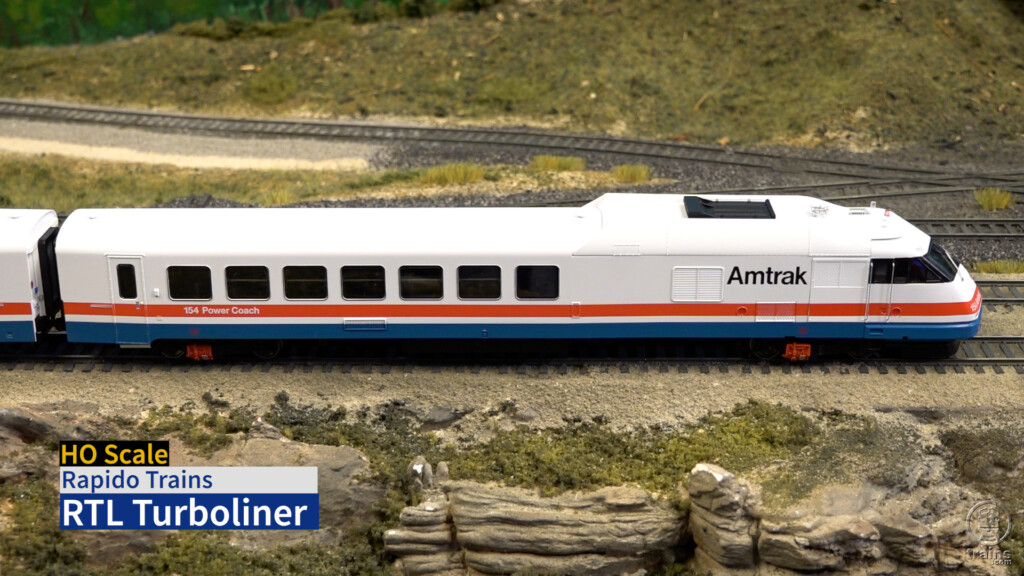
The Rapido Trains HO scale RTL Turboliner paid a visit to our Milwaukee, Racine & Troy staff layout recently. Join Model Railroader editor Eric White and senior editor Cody Grivno as they take a look at the features on this ready-to-run model and take it for a tour of the Milwaukee, Racine & Troy. How […]
Read More…
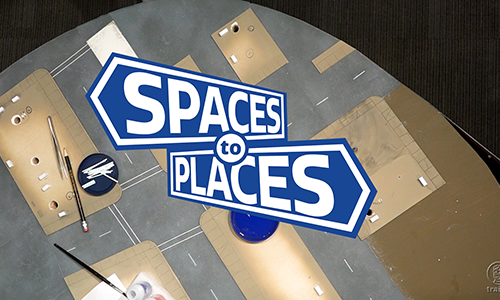
Gerry Leone recaps his work on the sandpaper street of Westcott, a town on his new HO scale (1:87.1) model railroad. Now it’s time to add rule, order, and realism to the roadways – by means of basic road markings and subtle weathering. Grab your brush, paint, water-soluble decals, and tools, to join in the […]
Read More…

News & Products for the week of June 12th 2023 Model railroad operators and builders can get the latest information about locomotives, freight cars, passenger cars, tools, track, and more by reading Model Railroader’s frequent product updates. The following are the products Model Railroader editors have news on for the week of June 12th 2023. […]
Read More…
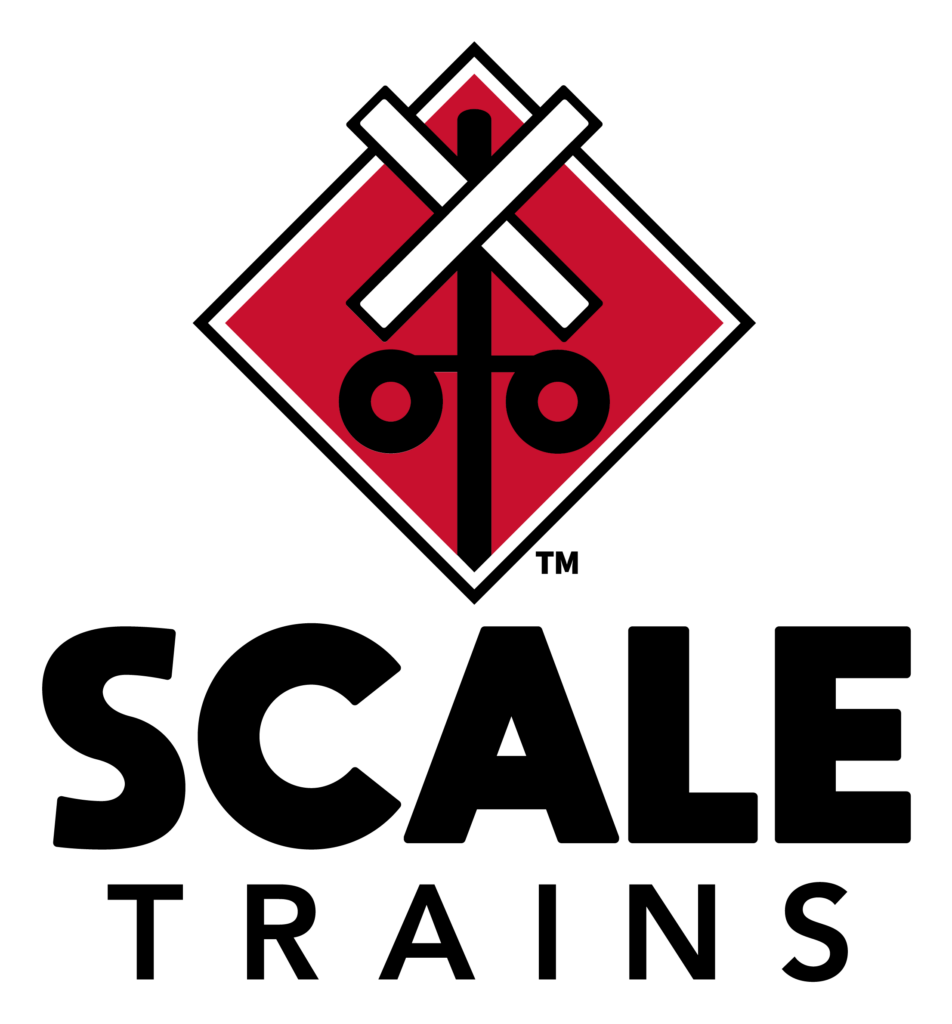
ScaleTrains, a manufacturer of N, HO, and S scale model trains based in Cleveland, Tenn., announced has acquired ExactRail, a producer of freight cars and bridges in N and HO scales. The announcement came in a press release titled “ScaleTrains acquires ExactRail” on June 9, 2023. “We’re excited about the future of our favorite hobby,” […]
Read More…
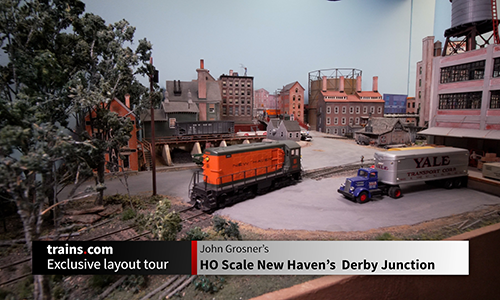
First showcased in the April 2009 issue of Model Railroader, John Grosner’s HO scale (1:87.1) 15 x 19-foot model railroad depicts the sights on and along the tracks of Derby Junction, Conn., in the late 1940s to mid 1950s. In this walking/talking video tour of his basement, John’s attention to fine detail brings New Haven […]
Read More…
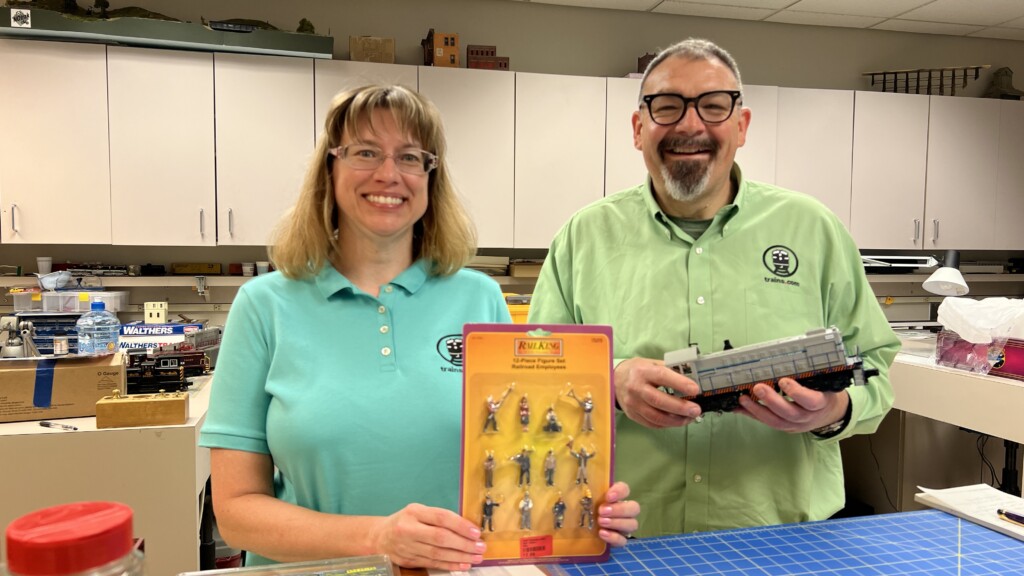
Midday Modeler – June 7th. 2023. It’s a Classic Toy Trains Takeover! Hal and Rene host this week’s episode to give updates on the land of Classic Toy Trains. Hal shows off a new building from Menards, along with providing some maintenance tips for your large locomotives (and shows few small locos as well). Rene […]
Read More…
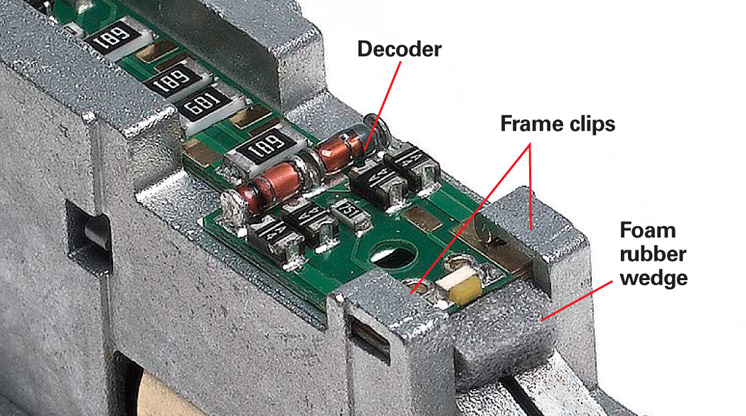
N scale decoder woes: This month I’m going to vent about a round of recent frustrations dealing with N scale Digital Command Control (DCC) decoder installations. The villain of the story will be the Internet, but in an unexpected twist of plot, that same villain shall emerge as the hero. The moral is that the […]
Read More…
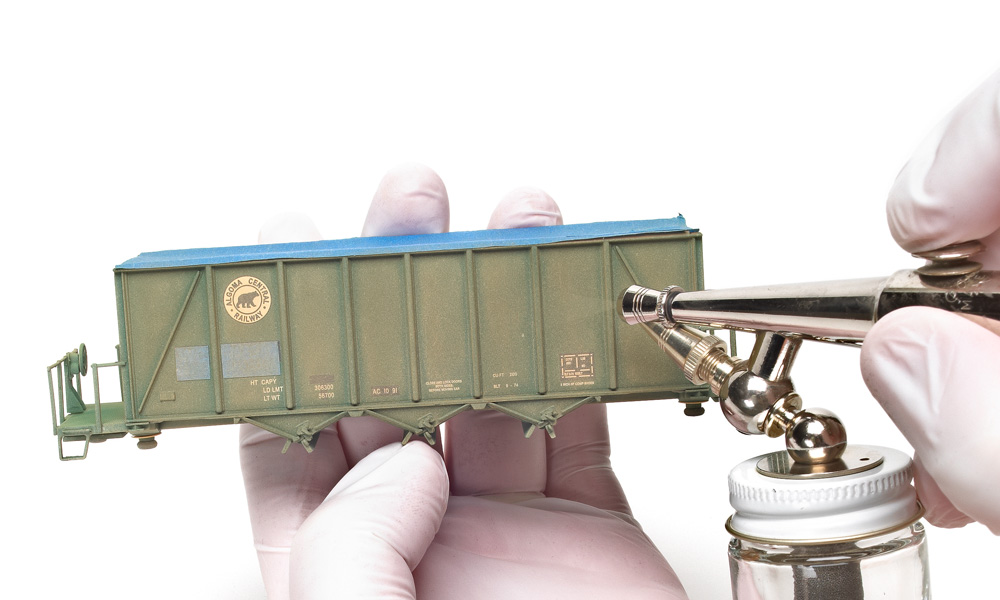
Q: I would like some advice on cleaning an airbrush while weathering. I use an older Paasche airbrush to weather my N scale rolling stock. Since N scale models take very little paint, the painting process usually only takes a few seconds to a minute per color. But cleaning the tip, the air point, and […]
Read More…
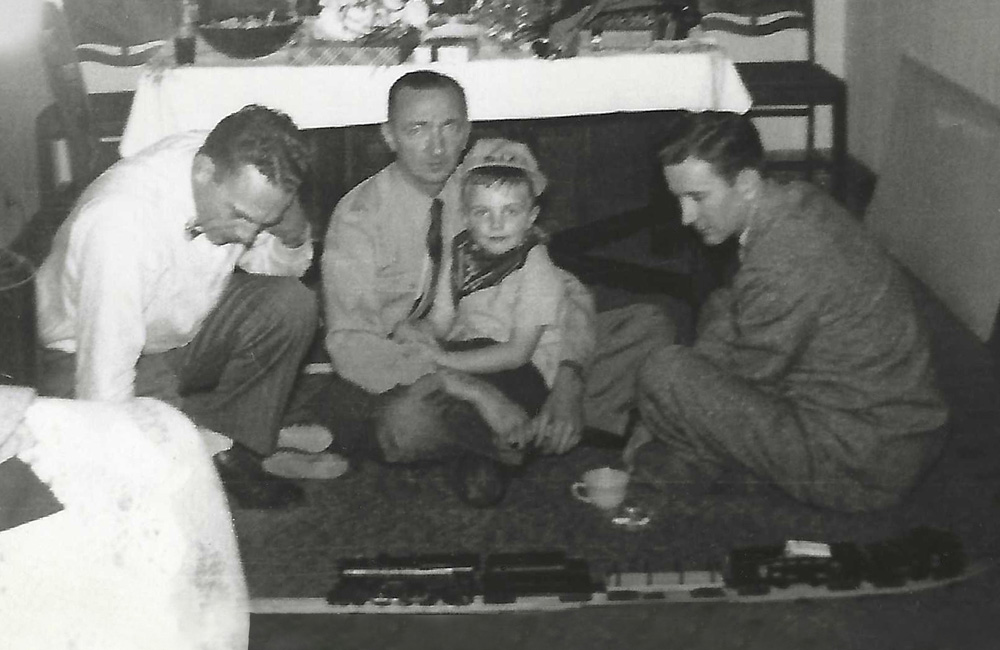
Meet Dick Christianson What was your first train set (or locomotive)? I didn’t fully realize until recently (I’m 78) that my dad was a model railroader. Let me explain. I got my original Lionel train set (No. 675 Pacific with smoke and a whistling tender, a flatcar, a Lehigh Valley hopper, and a Southern Pacific-style […]
Read More…
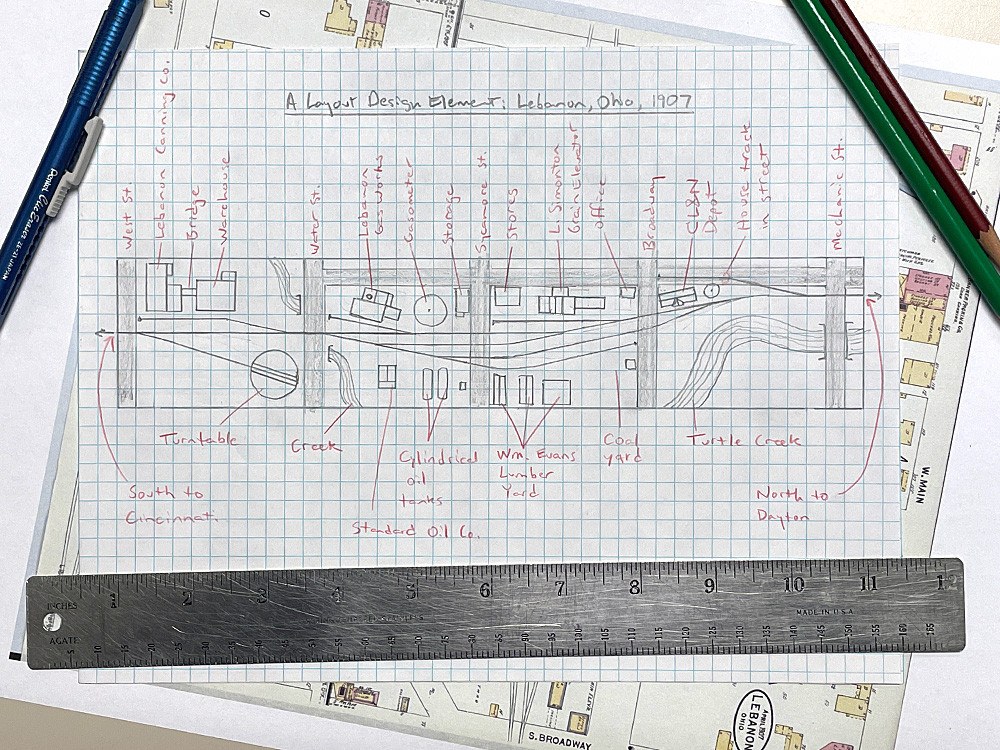
This month I decided to try planning a Layout Design Element. According to Model Railroad Planning editor Tony Koester, who invented the term, a Layout Design Element (LDE) is a visually and operationally recognizable model of a prototype railroad location. An LDE is a notch of realism higher than layouts that are merely inspired by […]
Read More…
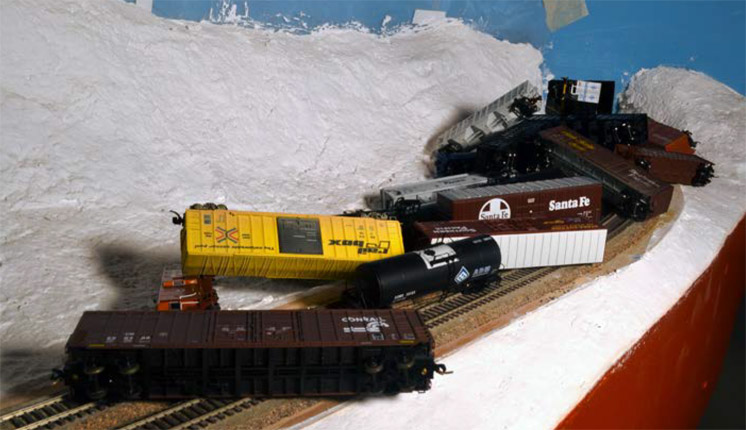
Lessons learned on the helix: Whether we’re talking about a model railroad or the real thing, it’s a lot harder to run trains in the mountains than on the flatlands. Every mechanical aspect of operation becomes far more critical. It may prove embarrassing when a car derails on a flat railroad, but usually no harm […]
Read More…

Also in this issue: In Memoriam, pg. 6 Malcolm Furlow, 1946-2023 FROM THE EDITOR, pg. 8 Why I enjoy model railroad operations NEWS AND PRODUCTS, pg. 12 Hobby industry news RAILROAD POST OFFICE, pg. 18 Letters from our readers ASK MR, pg. 20 What’s up with that strange tender truck? STEP BY STEP, pg. 24 How to […]
Read More…












